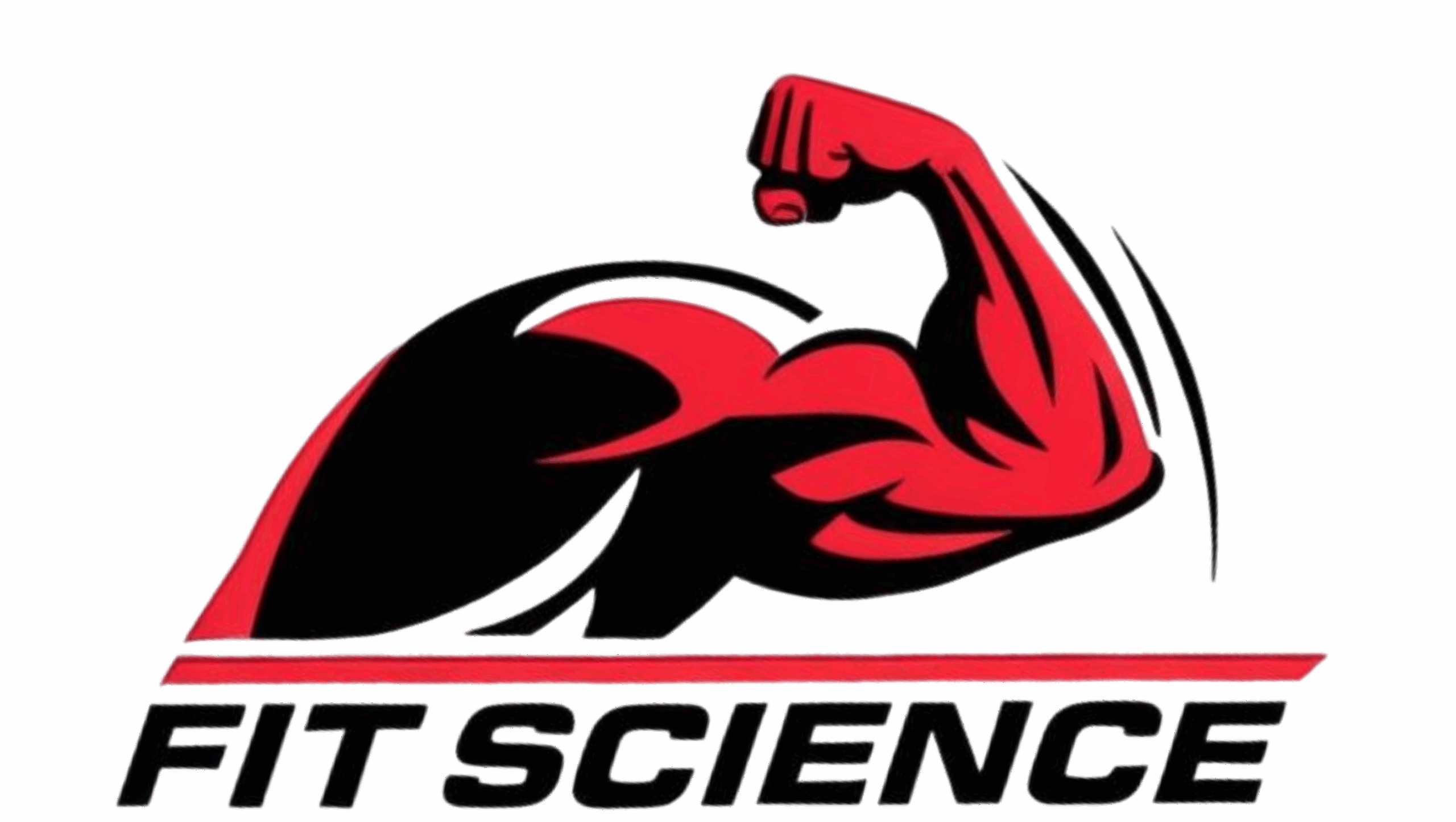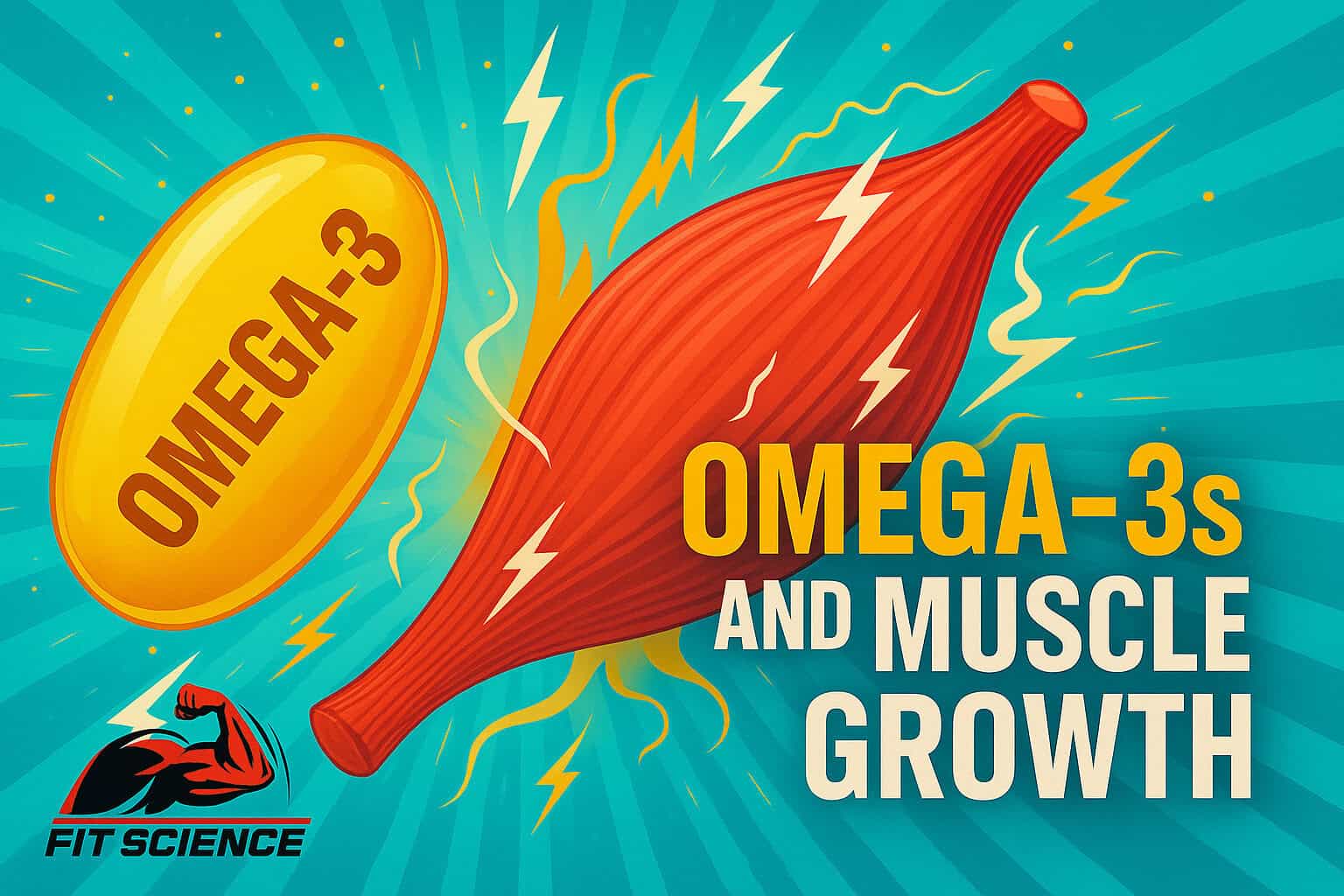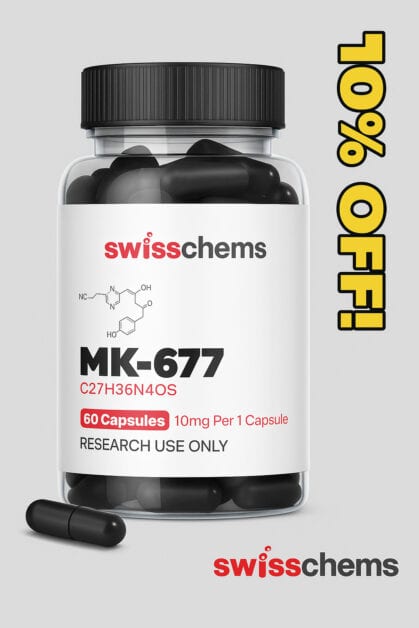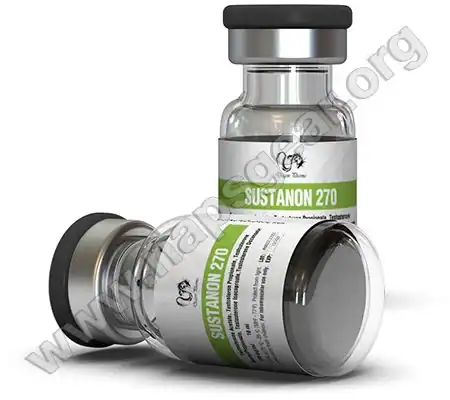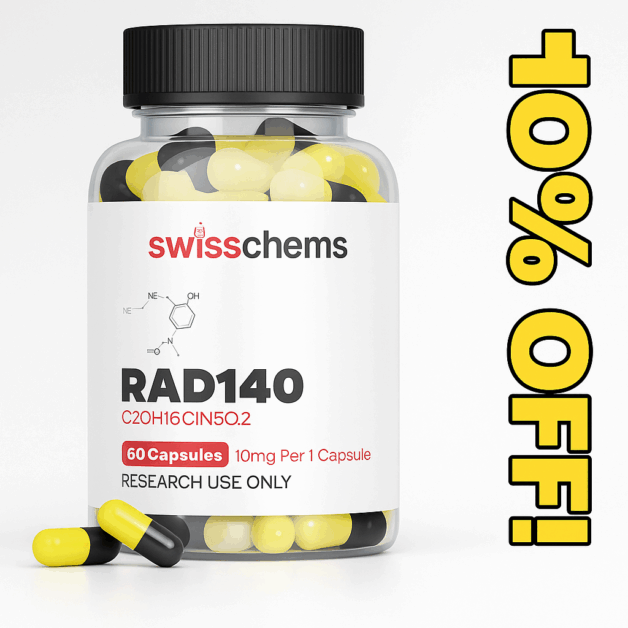When most lifters think about nutrients that drive muscle growth, protein and creatine usually take center stage. But buried in the nutritional shadows lies a nutrient that has been studied for decades in cardiovascular health yet is now making waves in the strength and bodybuilding world: omega-3 fatty acids.
Beyond heart health and inflammation control, omega-3s appear to have a direct role in enhancing whole-body protein synthesis—the very process that determines how much muscle we actually build from training. Let’s break this down in detail.
What Are Omega-3s?
Omega-3 fatty acids are a family of polyunsaturated fats essential for human health. Unlike saturated fats, these remain fluid at room temperature and have structural properties that influence cell membranes, hormone signaling, and inflammation pathways.
They’re called “essential” because the body cannot make them on its own—we have to get them from food or supplementation.
The three most important types for humans are:
-
ALA (Alpha-linolenic acid) – Found in plants such as flaxseeds, chia seeds, walnuts, and canola oil. It serves mostly as a precursor to the other omega-3s but has limited conversion efficiency.
-
EPA (Eicosapentaenoic acid) – Found in fatty fish like salmon, sardines, and mackerel. EPA is strongly tied to anti-inflammatory effects and vascular health.
-
DHA (Docosahexaenoic acid) – Also found in fatty fish, DHA is a structural component of the brain and retina. It plays a role in neurological health and may support recovery processes.
For bodybuilding and muscle growth, EPA and DHA are the heavy hitters. They integrate into muscle cell membranes, altering signaling pathways that regulate inflammation, recovery, and protein metabolism.
Where Do They Come From?
-
Dietary sources:
Salmon, sardines, anchovies, mackerel, trout, herring, and even caviar are loaded with EPA and DHA. Grass-fed beef and pasture-raised eggs contain smaller amounts. -
Plant-based sources:
Flaxseeds, chia seeds, hemp seeds, and walnuts provide ALA. Algae-based supplements are the best vegetarian source of DHA and EPA. -
Supplements:
Fish oil capsules, krill oil, and algae oil provide concentrated omega-3s and are the most practical way to consistently reach performance-focused doses.
What Omega-3s Do for the Body as a Whole
Omega-3s affect virtually every system in the body:
-
Cardiovascular health: Lower triglycerides, improve vascular function, and reduce risk of arrhythmia.
-
Brain health: DHA is critical for cognition, mood, and neural resilience.
-
Inflammation control: EPA and DHA shift the balance away from pro-inflammatory omega-6 metabolites.
-
Immune regulation: They fine-tune the immune response, making recovery from heavy training smoother.
-
Joint health: Improved lubrication and reduced stiffness—hugely relevant for lifters pushing heavy loads.
But for lifters, their impact on muscle protein synthesis (MPS) is the real headline.
Omega-3s and Muscle Protein Synthesis: What the Science Shows
The Basics of MPS
Muscle protein synthesis is the process where amino acids from dietary protein are built into new muscle tissue. Resistance training provides the stimulus, and protein provides the building blocks. The balance between MPS and muscle protein breakdown (MPB) determines whether we gain or lose muscle.
The Omega-3 Advantage
Several studies have shown that omega-3 supplementation—primarily EPA and DHA—enhances the anabolic response to amino acids and resistance training.
-
Smith et al., 2011 (American Journal of Clinical Nutrition):
Middle-aged and older adults supplemented with 4 grams of fish oil (1.86g EPA + 1.5g DHA) for 8 weeks showed a 30–40% greater increase in MPS in response to amino acid and insulin infusion compared to placebo. -
Smith et al., 2015 (FASEB Journal):
Similar dosing improved muscle cell signaling related to growth (mTOR pathway activation), suggesting omega-3s prime muscle for better nutrient utilization. -
Yoshino et al., 2016:
Fish oil supplementation enhanced mitochondrial function and whole-body protein metabolism, hinting at improved energy efficiency during training recovery. -
Clinical trials in resistance-trained populations:
While fewer, data suggest omega-3s enhance training adaptations over time, especially in older adults or those prone to anabolic resistance (difficulty building muscle despite adequate protein intake).
Mechanisms: Why Omega-3s Boost Muscle Growth
Omega-3s appear to impact muscle building in several ways:
-
Enhanced mTOR signaling – EPA and DHA increase phosphorylation of proteins in the mTOR pathway, the master regulator of muscle growth.
-
Improved amino acid sensitivity – Muscles respond more strongly to leucine and other amino acids when omega-3s are incorporated into membranes.
-
Reduced inflammation – Lower levels of pro-inflammatory cytokines reduce muscle damage and speed up recovery.
-
Improved insulin sensitivity – Better nutrient partitioning supports greater amino acid uptake.
-
Increased blood flow – Improved endothelial function ensures nutrients and oxygen are delivered more efficiently during recovery.
Dosage Guidelines for Bodybuilders
General Health Dose
-
250–500 mg combined EPA + DHA per day
This is enough for cardiovascular and brain health but may be insufficient for performance goals.
Muscle and Performance Dose
-
2–4 grams combined EPA + DHA per day
This is the range used in studies showing enhanced MPS and muscle anabolic signaling. Typically requires concentrated supplements, as you’d need to eat large amounts of fish daily otherwise.
Safe Upper Limit
-
The U.S. FDA recognizes up to 3 grams/day of EPA + DHA as generally safe.
-
Some studies go as high as 5–6 grams/day without major adverse effects, but exceeding 3 grams should be done cautiously and under medical supervision, especially for those on blood-thinning medications.
Timing and Practical Tips
-
Consistency over timing: Omega-3s integrate into cell membranes over weeks, so the benefits come from regular intake, not acute timing.
-
Split dosing: Taking with meals improves absorption and reduces fishy aftertaste.
-
Stack with protein: Since omega-3s enhance sensitivity to amino acids, combining them with protein-rich meals may amplify the effect.
Real-World Applications for Lifters
-
Breaking plateaus: Lifters struggling with growth despite adequate protein may see improved results with omega-3s.
-
Older lifters: Anabolic resistance increases with age, making omega-3s a valuable ally for masters athletes.
-
During cutting: Omega-3s support muscle retention by enhancing the efficiency of amino acid use, crucial in a caloric deficit.
-
Injury recovery: Anti-inflammatory effects can support joint health and speed up soft tissue healing.
Side Effects and Considerations
Omega-3s are generally well tolerated. Possible issues include:
-
Fishy burps (use enteric-coated capsules or krill oil to reduce).
-
Gastrointestinal upset at very high doses.
-
Slight increase in bleeding risk if combined with anticoagulant medications.
For most lifters, the benefits far outweigh the risks, especially when kept within the safe upper range.
The Bottom Line
For years, bodybuilders have focused almost exclusively on protein, carbs, and creatine to fuel growth. But the research on omega-3s reveals that they may be the missing link in maximizing muscle protein synthesis. By improving amino acid sensitivity, reducing inflammation, and enhancing cellular signaling, omega-3s create a more anabolic environment inside the muscle.
If you’re serious about recovery and long-term growth, 2–4 grams of EPA + DHA daily—via fatty fish or supplementation—may help you get more out of every gram of protein and every rep in the gym.
Muscle growth isn’t just about how much you eat or how hard you train—it’s also about how efficiently your body turns nutrients into lean tissue. Omega-3s help tilt that balance in your favor.
